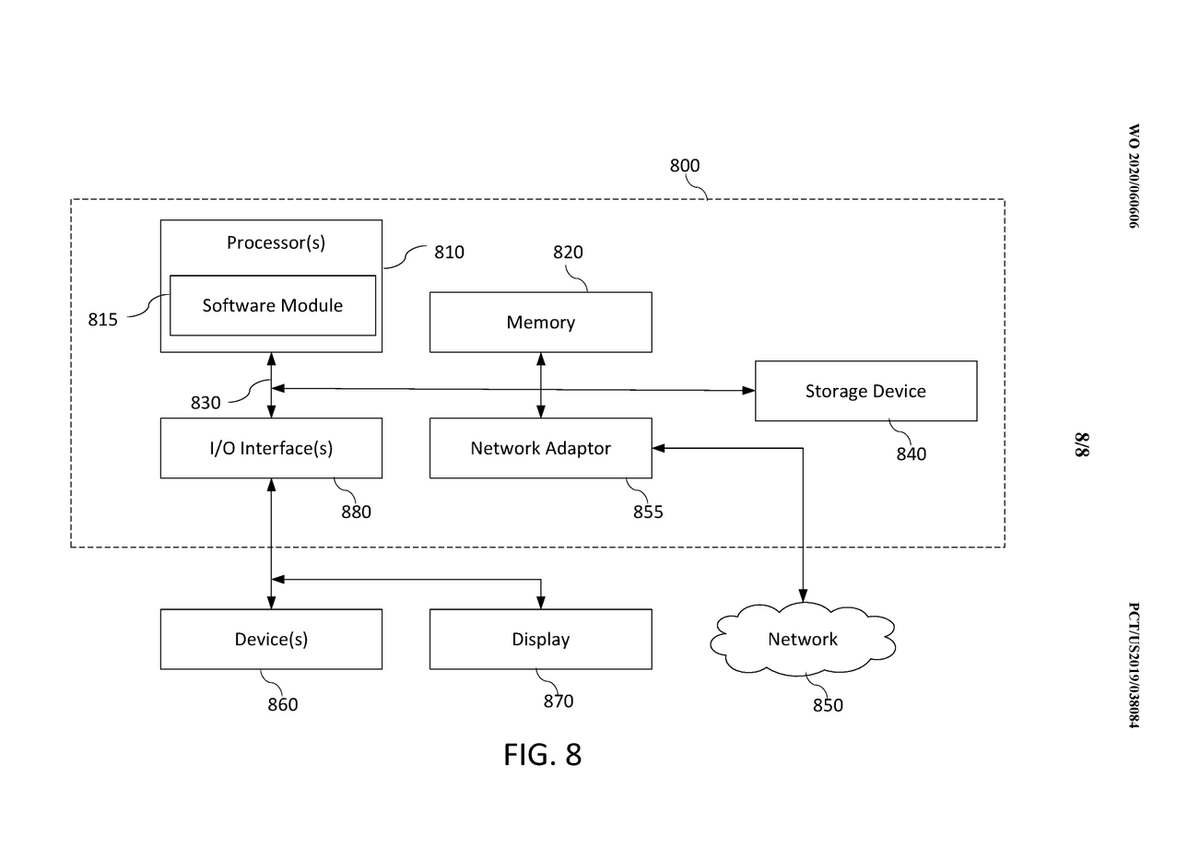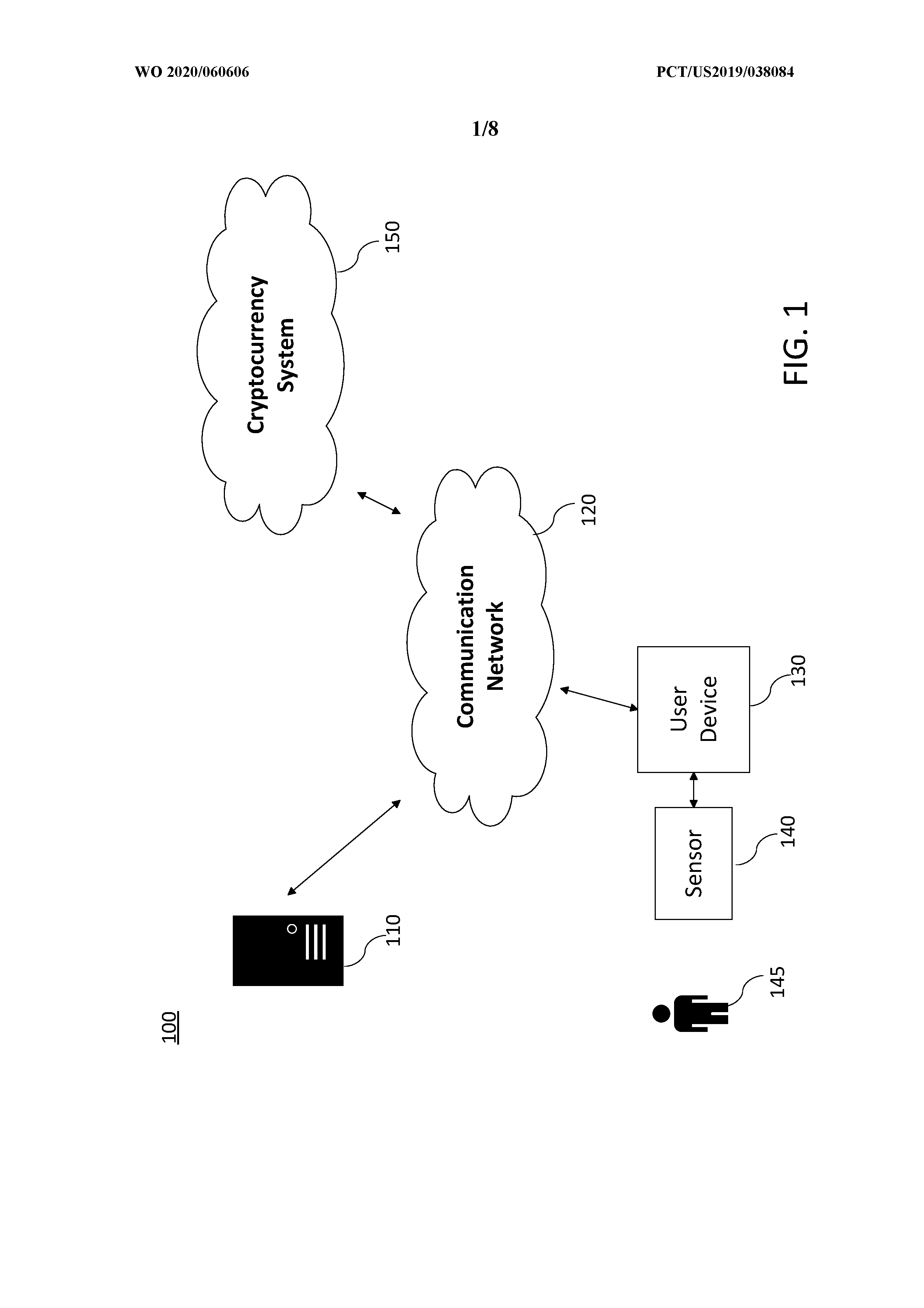

The UVs will be centered around MacroUVPosition (specified in Cascade on the ParticleSystem, under the MacroUV category) and MacroUVRadius determines the world space radius that the UVs should tile at. The ParticleMacroUV expression outputs UV texture coordinates that can be used to map any 2d texture onto the entire particle system in a continuous way, meaning the texture will be seamless across particles. You can see in this image how the color of the particles is changing based on the current direction each particle is traveling. The ParticleDirection expression outputs Vector3 (RGB) data on a per-particle basis, representing the direction a given particle is currently traveling. This will show the particles as small blue dots. He then explains the concepts behind the osmosis lab and how potatoes are affected by increasing sucrose molarity. By default the on-screen representation of the particles is the simplest possible one, to place least overhead on the computer.

He then describes the diffusion demonstration and how molecules move over time.
Docs2 particles how to#
Emitters have their own logic for how to move, how many particles to spawn, and where.In this example, you can see where the ParticleColor expression is providing color to the particles as defined within the particle system. Paul Andersen starts with a brief description of diffusion and osmosis. LatticeCount 1 corresponds to simple longitudinal. time1/time2/etc are numerical time points, e.g. Emitters follow either the entity, or a locator on the entity. If the entity ceases to exist, the particle effects cease as well.
Docs2 particles upgrade#
Cost: 400 Particles Upgrade 2 now uses a better formula. Number of simulation particles corresponding to each hair vertex. Particles that are attached to entities are intrinsically tied to those entities.
Docs2 particles generator#
Cost: 150 Particles Power now boosts your Generator multipliers. Cost: 80 Particles Power now boosts your Particles per click further. Cost: 30 Particles 1st Power Generators are twice as effective. A Particle itself is just a class that holds the particle data such as position, scale, color, deltas, multipliers, and others. It is a simple system but can be powerful if used cleverly.
Docs2 particles manual#
b) Settling slurries are mixtures of particles in Newtonian fluids where. LittleKt offers a more manual way of creating and simulating particles. controlled by processing geometry, concentration, surface conditions, accumulated strain, particle size. Some examples of a particle could include:Īn 'emitter' or 'particle emitter' is a system that can spawn many particles, either all at once (explosion), or over time (steady). 1st Particle Generators are boosted by the amount bought. Particles + focuses on improving particles - the pack currently includes improved breaking and eating particles, particle variation as well as adding new particles in specific parts of the game The pack is made for Minecraft Version 1.17-1. The slurry rheology will also depend on the particle characteristics and their. Number of Graduate Students/Post Docs: 2 GS. Note: Unlike Particles, the visibility rect is generated on-the-fly and doesnt need to be configured by the user. See also Particles, which provides the same functionality with hardware acceleration, but may not run on older devices. ParticlesĪ 'particle', or a 'particle instance' is a single sprite (texture) which is placed in 3D space, and has its own logic for how to move about and change its appearance. CPU-based 3D particle node used to create a variety of particle systems and effects. The Molang integration in particles is also extremely well developed, which allows you to pass data between different particles, or between an entity and a particle.

This makes particles extremely fun and powerful! You can create new particle systems in the Bedrock Edition of Minecraft by using your own custom textures, and your own movement logic. A particle system is a technique in game physics, motion graphics, and computer graphics that uses many small sprites to create convincing effects such as smoke, fire, or swarms of insects. This effect will spawn specified particle with given options.


 0 kommentar(er)
0 kommentar(er)
